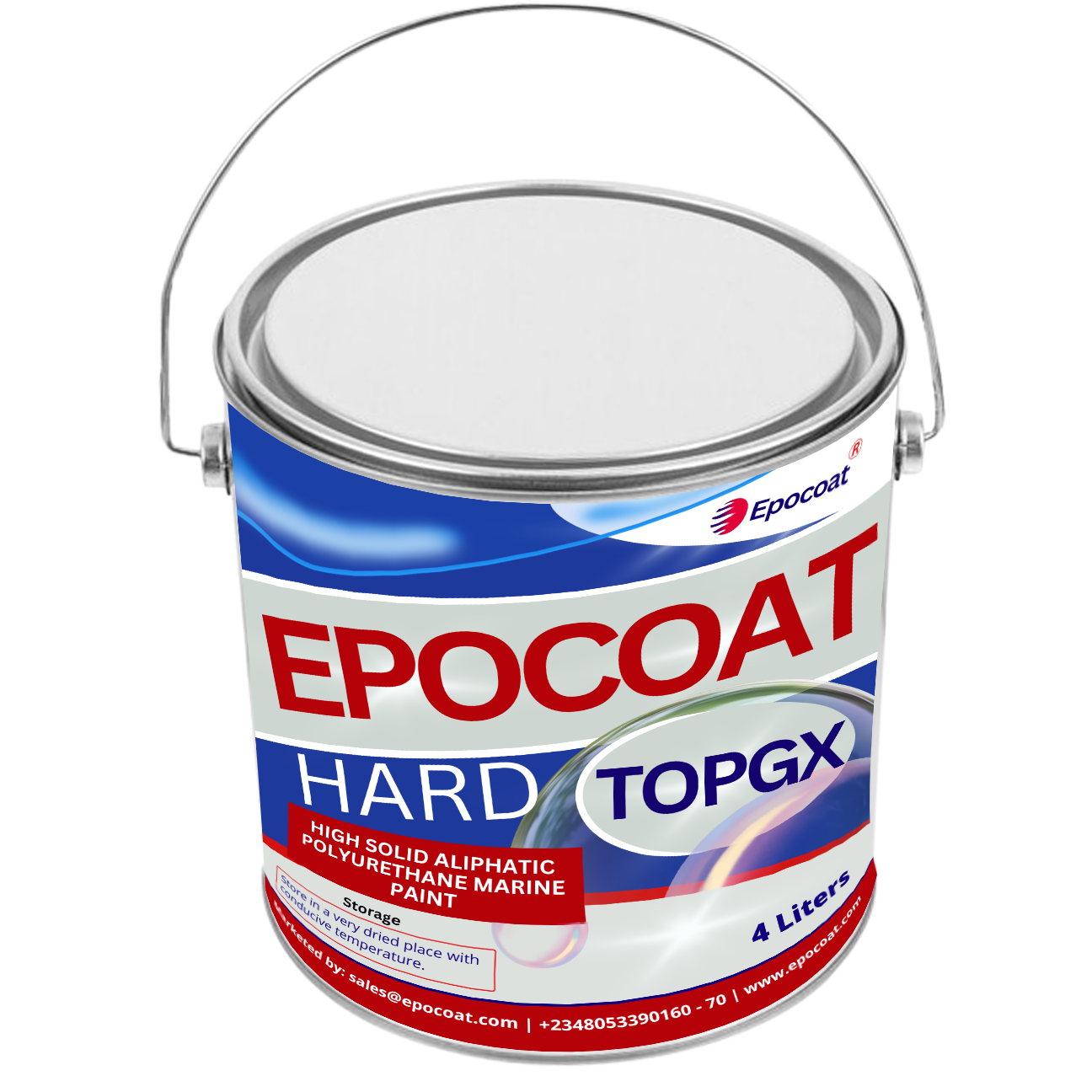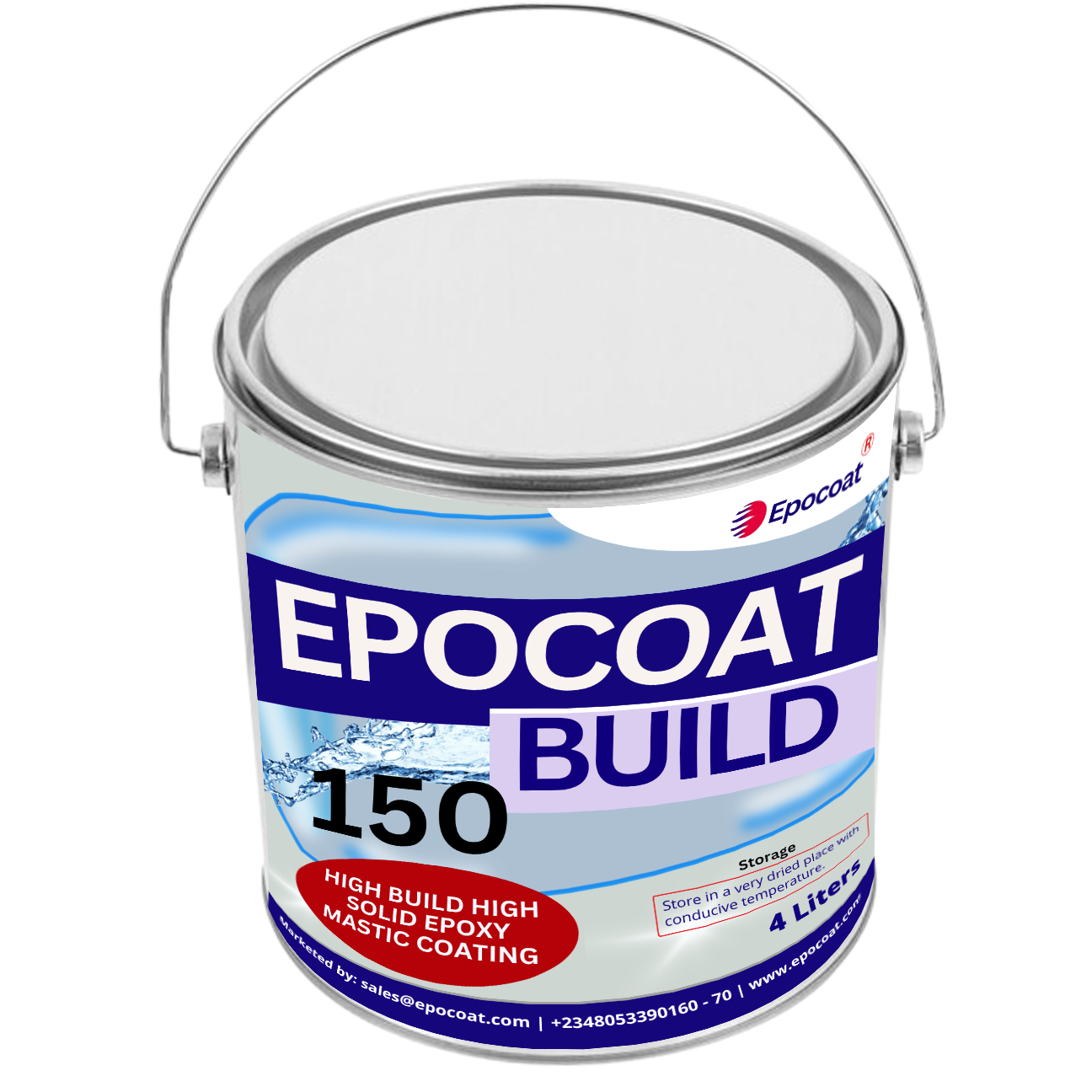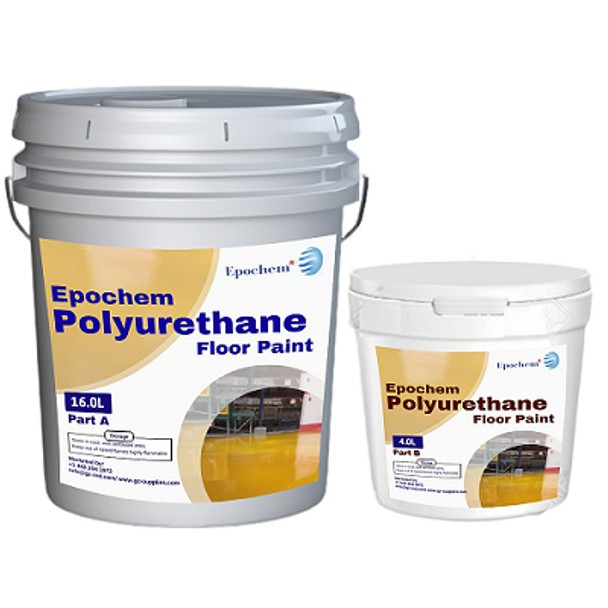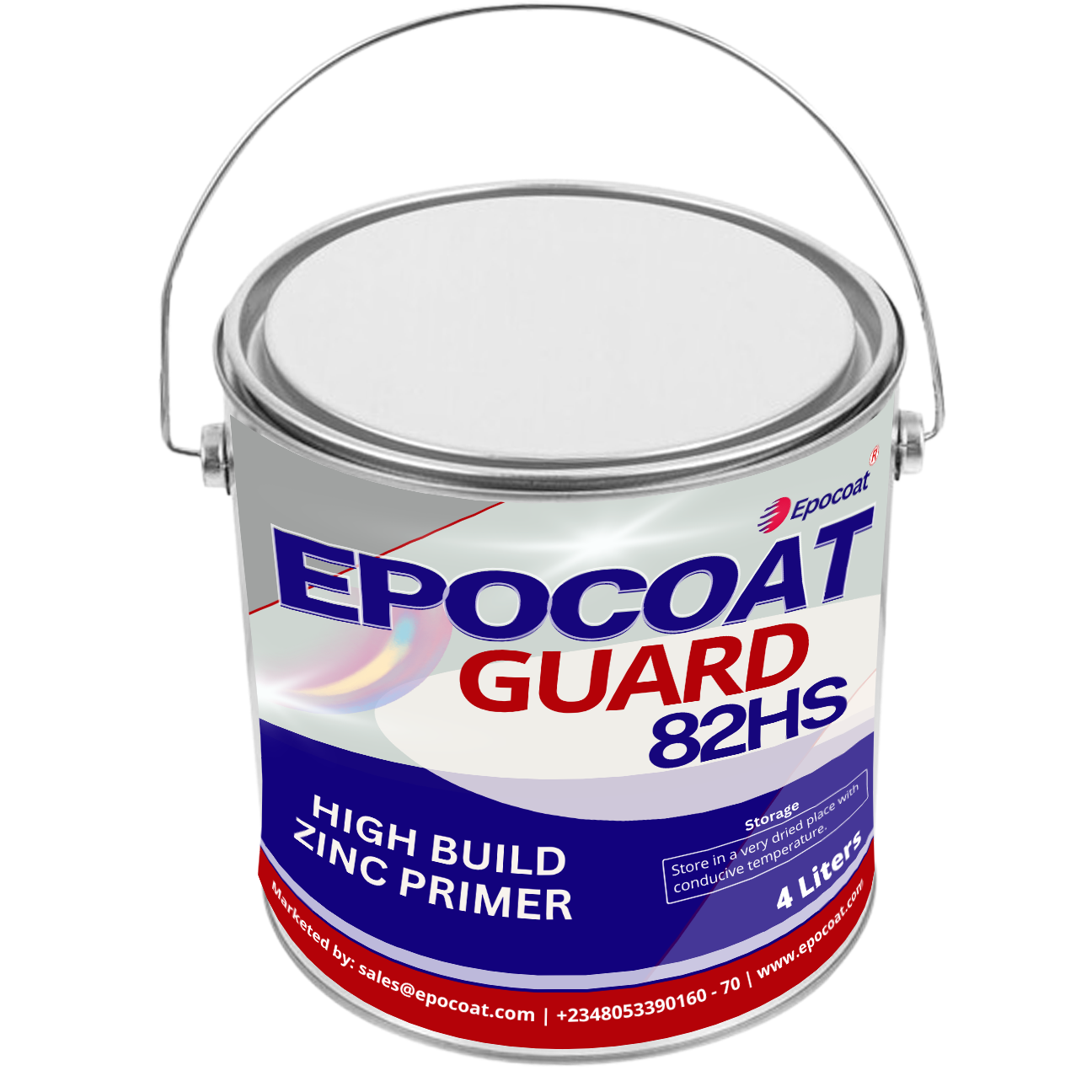Topside vs. Deck Paint: Which to Choose for Your Boat?
Key Takeaways
- Understand the difference: Know the specific properties and purposes of topside and deck paints.
- Consider your boat's usage: Evaluate how you use your boat to determine the best paint type.
- Prioritize durability: Choose a paint that can withstand the harsh marine environment.
- Look for slip resistance: Deck paint should provide adequate traction for safety.
- Budget: Consider the cost of different paint options.
- Environmental impact: Choose eco-friendly paints if possible.

- Understand the difference: Know the specific properties and purposes of topside and deck paints.
- Consider your boat's usage: Evaluate how you use your boat to determine the best paint type.
- Prioritize durability: Choose a paint that can withstand the harsh marine environment.
- Look for slip resistance: Deck paint should provide adequate traction for safety.
- Budget: Consider the cost of different paint options.
- Environmental impact: Choose eco-friendly paints if possible.

Introduction
Maintaining your boat is essential to ensure its longevity, safety, and appearance. One of the key aspects of boat maintenance is choosing the right type of marine paint. With options like topside and deck paint available, it’s important to understand their differences and applications to make the best choice for your vessel.
Deciding between topside and deck paint for your boat is essential for its protection and aesthetics. Topside paint, like Epocoat Hard Top GX, is designed for above-waterline surfaces, offering superior UV resistance, gloss retention, and durability against harsh marine conditions. It provides a sleek finish that enhances your boat’s appearance.
On the other hand, deck paint, such as Jotun Protective Coatings Anti-skid, prioritizes slip resistance and durability for areas subjected to foot traffic and water exposure. Its textured finish ensures safety while maintaining the boat's overall look. By understanding the specific needs of your boat's different surfaces, you can make an informed choice to protect your investment and enjoy a safer, more visually appealing vessel.
Understanding Topside Paint
Topside paint is specially designed for the areas of your boat that are above the waterline, such as the hull, cabins, and exterior decks. This type of paintis engineered to withstand the challenging conditions faced by these parts of your boat, including constant exposure to sunlight, saltwater, and fluctuating weather.
Key Features
- UV Resistance: One of the primary features of topside paint is its ability to resist the damaging effects of ultraviolet (UV) rays. Boats are often exposed to intense sunlight, which can cause ordinary paint to fade and degrade over time. Topside paint is formulated to withstand these harsh UV rays, helping to maintain the vibrant color and integrity of your boat’s finish.
- Glossy Finish: Topside paint is known for its high-gloss finish, which not only enhances the appearance of your boat but also serves a practical purpose. The smooth, reflective surface makes it easier to clean, as dirt and grime have a harder time adhering to it. This glossy finish gives your boat a polished, sleek look, making it stand out on the water.
- Durability: Designed to cope with the marine environment, topside paint offers exceptional durability. It provides a protective barrier against saltwater, wind, and other environmental factors that can cause wear and tear on your boat. This durability means that topside paint can last for several years before needing a touch-up, making it a cost-effective choice in the long run.
Recommended Product:
- Epocoat Hardtop GX (High Solid Aliphatic Polyurethane Marine Paint): This high-quality topside paint offers outstanding exterior weather resistance, excellent color gloss retention, and is resistant to various oils and chemicals. It's a great choice for topside, deck, and superstructure, ensuring your boat looks great and is well-protected.
Pros of Topside Paint
- Enhanced Visual Appeal: The glossy finish of topside paint makes your boat look well-maintained and stylish. It’s perfect for boat owners who prioritize aesthetics and want their vessel to shine.
- Long-Lasting Protection: With its UV resistance and durability, topside paint offers long-term protection against the elements, reducing the frequency of repainting and maintenance.
Cons of Topside Paint
- Slippery Surface When Wet: While the glossy finish is beautiful, it can become slippery when wet. This could pose a safety risk, particularly in areas where people walk or stand frequently.
- Higher Cost: Quality topside paints are often more expensive than other types of marine paints. However, the investment can be worthwhile due to the long-lasting protection and aesthetic benefits they provide.
Understanding Deck Paint
Deck paint is specifically formulated for the horizontal surfaces of your boat, such as the deck, where people walk, work, and spend time. The primary purpose of deck paint is to provide a non-slip surface that enhances safety, especially in wet conditions. It’s also designed to be durable and versatile, able to adhere to various materials commonly found on boats.
Key Features
- Non-Slip Texture: The most critical feature of deck paint is its non-slip texture. This texture is vital for preventing slips and falls on the deck, particularly in areas that are frequently wet or exposed to water. The non-skid surface ensures that crew and passengers can move around safely, even when the deck is wet.
- Matte Finish: Unlike topside paint, deck paint typically has a matte finish. While this finish may not be as visually striking as a glossy one, it’s highly practical. The matte surface reduces glare from the sun, making it easier to see and navigate on bright days. It also contributes to the non-slip properties of the paint, enhancing safety.
- Versatility: Deck paint is highly versatile and can be applied to a range of surfaces, including wood, fiberglass, and metal. This makes it a flexible option for various types of boats and different sections of the deck. Whether your boat’s deck is made of traditional wood or a more modern material, deck paint can adhere well, providing a urable and safe surface.
Recommended Products:
- Jotun Protective Coatings Anti-skid Coarse Aggregate Non-Slip Decks: This deck paint is perfect for creating a non-slip surface on decks, gangways, and other areas where additional friction is required. It’s available in various particle sizes, making it customizable for different levels of traffic and surface needs.
- Epocoat Hardtop GX(High Solid Aliphatic Polyurethane Marine Paint): This versatile marine paint is suitable for both topside and deck applications. It offers outstanding exterior weather resistance, excellent color gloss retention, and resistance to various environmental factors, including splash from mineral oils and mild chemicals. Its high solid content ensures a durable, glossy finish for topside areas and can withstand the wear and tear on decks, making it an ideal choice for multiple parts of your boat.
Pros of Deck Paint
- Safety Through Non-Slip Properties: The primary advantage of deck paint is its non-slip texture, which significantly reduces the risk of slips and falls. This is particularly important for boats that are frequently in use or have a lot of foot traffic. The safety provided by deck paint is crucial for ensuring the well-being of everyone on board.
- Ease of Application for DIY Projects: Deck paint is generally easier to apply than topside paint, making it a popular choice for boat owners who prefer to handle maintenance tasks themselves. Its application doesn’t usually require the same level of surface preparation as topside paint, and the textured finish can be more forgiving of minor application imperfections.
Cons of Deck Paint
- Requires More Frequent Maintenance: One of the downsides of deck paint is that it may require more frequent maintenance compared to topside paint. The textured, non-slip surface can wear down over time, especially in high-traffic areas, necessitating periodic reapplication to maintain its safety features.
- Less Visually Appealing Matte Finish: While the matte finish of deck paint is practical, it may not be as visually appealing as the glossy finish of topside paint. If aesthetics are a priority for you, this might be a consideration when choosing between the two types of paint.
Comparison: Topside vs. Deck Paint
1. Aesthetics vs. Functionality
When comparing topside and deck paint, one of the most significant differences lies in aesthetics versus functionality. Topside paint is all about enhancing the visual appeal of your boat with a glossy, reflective finish that makes it look sleek and well-maintained. It’s ideal for boat owners who prioritize the appearance of their vessel and want it to stand out.
On the other hand, deck paint focuses on functionality, providing a non-slip surface that enhances safety. While it may not have the same aesthetic appeal as topside paint, its matte finish and textured surface are critical for preventing accidents, especially in wet conditions. For boats that see a lot of use or have areas prone to getting wet, deck paint’s functionality is invaluable.
2. Durability vs. Maintenance
Durability and maintenance requirements are other key factors to consider. Topside paint is designed to be highly durable, offering long-lasting protection against UV rays, saltwater, and other environmental factors. This durability means that topside paint generally requires less frequent maintenance and can go several years without needing a touch-up.
In contrast, deck paint, while also durable, may require more frequent maintenance due to the wear and tear on its textured surface. High-traffic areas of the deck can see the non-slip texture wear down over time, necessitating periodic reapplication to maintain safety standards. While deck paint is easier to apply, its need for regular maintenance might be a drawback for some boat owners.
3. Cost Considerations
Cost is always an important consideration when choosing paint for your boat. Topside paint tends to be more expensive than deck paint due to its specialized formulation for UV resistance and its glossy finish. However, the higher upfront cost can be offset by its durability and the longer intervals between repaints.
Deck paint, while generally less expensive, may incur additional costs over time due to the need for more frequent reapplications. However, its ease of application and the safety benefits it provides make it a worthwhile investment, especially for boats that require a non-slip surface.
Choosing the Right Paint for Your Boat
When deciding between topside and deck paint, several factors should guide your choice:
- Boat Usage: Consider how you use your boat. If it’s primarily for leisure and you prioritize a sleek, polished appearance, topside paint is the better choice. However, if safety and practicality are more important, especially if your boat is used for work or has high foot traffic, deck paint is essential.
- Environmental Conditions: Boats exposed to intense sunlight and harsh marine environments will benefit from the UV resistance and durability of topside paint. On the other hand, if your boat operates in wet conditions or you frequently have people moving around on the deck, deck paint’s non-slip surface becomes crucial.
- Safety vs. Aesthetics Priorities: If aesthetics are your main concern, topside paint offers the glossy finish you desire. However, if safety is your top priority, especially in areas where slips and falls are a risk, deck paint is the obvious choice.
Tips
- Best Choice for a Sleek, Stylish Boat: If you want your boat to look its best while also providing protection from the elements, topside paint is ideal. Its glossy finish enhances the boat’s appearance, making it stand out on the water.
- Best Choice for a Workboat or Family Boat with High Foot Traffic: For boats that see a lot of activity, such as workboats or family boats, deck paint is the better option. Its non-slip texture ensures safety, which is particularly important when the deck is wet or when children are on board.
Frequently Asked Questions
1. What is the difference between topside paint and deck paint?
Topside paint is designed for the vertical surfaces of a boat, such as the hull sides and superstructure. It is typically formulated to withstand UV exposure and maintain a glossy finish. Deck paint, on the other hand, is meant for horizontal surfaces like the deck, and is designed to provide traction and resist wear and tear.
2. Can I use topside paint on my boat’s deck?
While topside paint can be used on a boat’s deck, it is not ideal due to its lack of anti-slip properties. Deck paint is specifically formulated to provide traction and prevent slipping, making it the better choice for horizontal surfaces that are subject to foot traffic and water.
3. Is deck paint suitable for use on vertical surfaces?
Deck paint is not recommended for vertical surfaces because it is designed to handle the unique wear and slip resistance requirements of horizontal surfaces. It may not provide the same level of finish and protection as topside paint on vertical areas.
4. What factors should I consider when choosing between topside and deck paint?
Consider factors such as the surface you are painting (vertical vs. horizontal), the desired finish, the level of foot traffic or abrasion the surface will experience, and the environmental conditions the paint needs to withstand. For a glossy, UV-resistant finish on vertical surfaces, topside paint is ideal, while deck paint is better for slip resistance on horizontal surfaces.
Related Articles
Prolonging the Life of Marine Paint: Best Practices
DIY Marine Painting: Tips for Beginners
Conclusion
When it comes to choosing between topside and deck paint, it’s important to consider the specific needs of your boat. Topside paint offers a glossy, durable finish that protects above-waterline areas from UV rays and environmental wear. Deck paint, on the other hand, provides a non-slip surface essential for safety on the deck, especially in wet conditions. For optimal results, use both types of paint in their respective areas. Topside paint will keep your boat looking sleek and polished, while deck paint ensures a safe, non-slip surface for everyone on board.
Ensure your boat is protected and looking its best by choosing the right marine paints. Visit GZ Industrial Supplies to explore our wide range of high-quality topside and deck paints. Our products are designed to meet the demanding conditions of the marine environment, providing long-lasting protection and safety. Shop now and give your boat the care it deserves!
Featured Products:
- Jotun Protective Coatings Anti-Skid Coarse Aggregate Non-Slip Decks: Ideal for creating a non-slip surface on decks and gangways.
- Epocoat Hardtop GX (High Solid Aliphatic Polyurethane Marine Paint): Perfect for topside, deck, and superstructure with exceptional durability and gloss retention.










